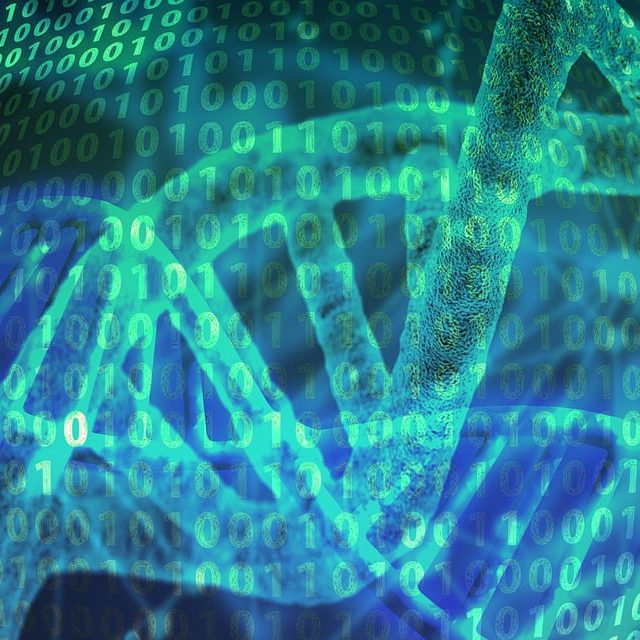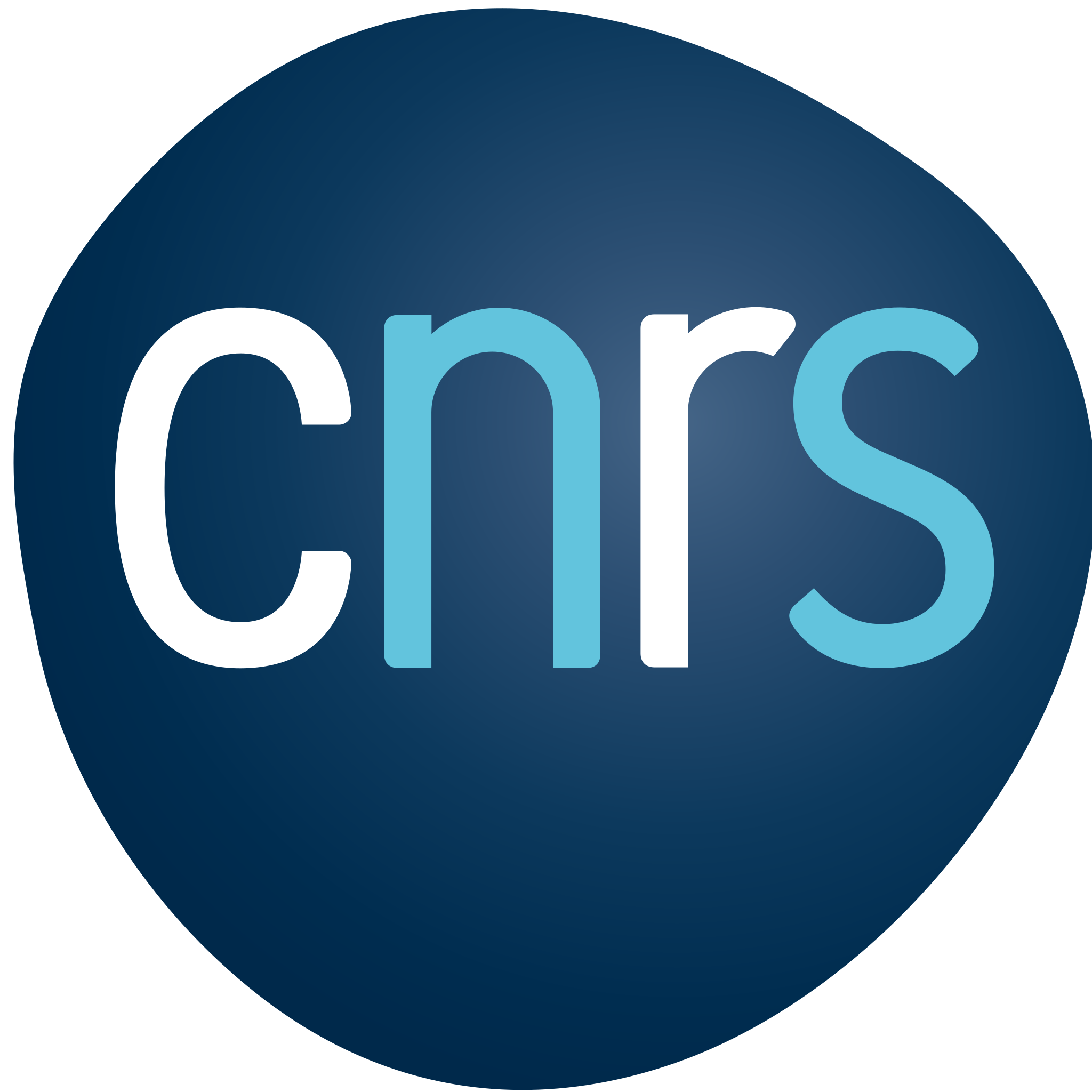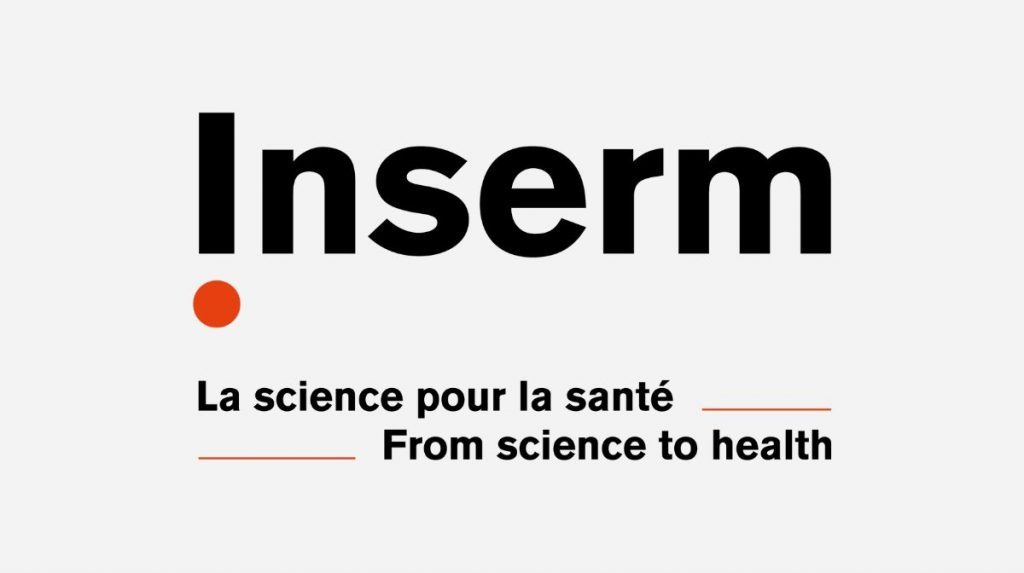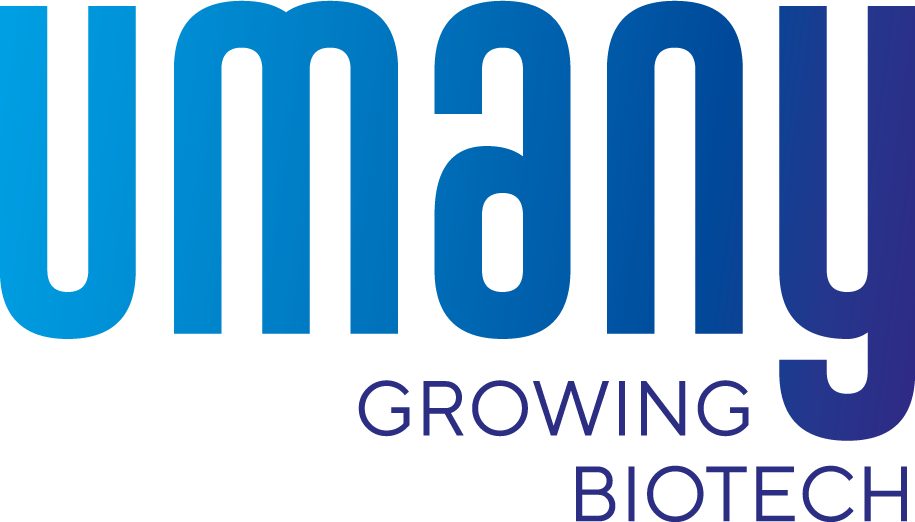The objective of bioHalosis is to fill-in a technological gap in Chromatin analysis. Indeed, there is currently no robust methodology to identify proteins that bind to a specific DNA element. bioHalosis is a Contract Research Organization offering custom services to identify proteins that bind to any DNA element-of-interest.
Most diseases result from a defect in gene expression. Our proprietary methodology, IDAP for Identification of DNA Associated Proteins allows proteins involved in local chromatin alterations to be detected, thus providing novel pharmacological targets. IDAP is a robust plasmid pull-down methodology that allows efficient detection of specific proteins of interest due to its extremely low background of unspecific proteins

















